
Rick Jeffery
OTTAWA, ON. – The Government of Canada is looking to fund the next generation of engineers and architects looking to design and build with wood. Federal minister of natural resources Amarjeet Sohi announced on Aug. 6 that the government will invest $2.5 million in the Canadian Wood Council’s Advanced Wood Education Roadmap to promote the benefits of and opportunities afforded by using wood in non-residential construction. …The project will design and implement new post-secondary learning curricula, resources, tools and work placements to teach the benefits of wood, wood-hybrid and non-traditional construction. “…Supporting post-secondary institutions will equip future engineers, architects, and builders with the knowledge and skillsets to design and build modern wood structures — resulting in expanded market demand for Canadian wood products, support for job growth, promotion of innovation in research and technology, and mitigation of climate change through carbon absorption and storage,” Canadian Wood Council interim president Rick Jeffery said.





 TROIS-RIVIÈRES, QC – When we invest in Canadian businesses, our economy grows and our communities benefit. That’s why the Government of Canada is investing in the development of innovative new technologies in Canada’s forest sector. The Honourable François-Philippe Champagne, Minister of Infrastructure and Communities, on behalf of the Honourable Amarjeet Sohi, Canada’s Minister of Natural Resources, today announced an investment of $2 million to Kruger Biomaterials Inc., making them the first in the world to operate a commercial-scale facility manufacturing cellulose filaments. Derived from natural and renewable wood fibres, cellulose filaments are a revolutionary bio-based material that can enhance the strength, durability and overall functionality of many consumer and industrial products, including in specialty papers, plastic and concrete. They can replace chemical-based materials with applications in various markets, such as automotive, construction and aerospace.
TROIS-RIVIÈRES, QC – When we invest in Canadian businesses, our economy grows and our communities benefit. That’s why the Government of Canada is investing in the development of innovative new technologies in Canada’s forest sector. The Honourable François-Philippe Champagne, Minister of Infrastructure and Communities, on behalf of the Honourable Amarjeet Sohi, Canada’s Minister of Natural Resources, today announced an investment of $2 million to Kruger Biomaterials Inc., making them the first in the world to operate a commercial-scale facility manufacturing cellulose filaments. Derived from natural and renewable wood fibres, cellulose filaments are a revolutionary bio-based material that can enhance the strength, durability and overall functionality of many consumer and industrial products, including in specialty papers, plastic and concrete. They can replace chemical-based materials with applications in various markets, such as automotive, construction and aerospace.


 VANCOUVER
VANCOUVER VAUGHAN, ON – Living in environmentally sustainable communities is important to Canadians. That is why Canada is investing in advanced wood building design and construction that will help create a greener future while growing markets for Canada’s forest sector. The Honourable Judy Sgro, Member of Parliament for Humber River–Black Creek, on behalf of the Honourable Amarjeet Sohi, Canada’s Minister of Natural Resources, today announced an investment of $2 million over three years to the Toronto and Region Conservation Authority for the construction of a four-storey mass timber office building in Toronto. This project will position Canada as a global leader in advanced wood building design and construction while expanding the Canadian wood market into non-traditional, low-rise office buildings. …Funding for this project is provided by Natural Resources Canada’s Green Construction through Wood (GCWood) program.
VAUGHAN, ON – Living in environmentally sustainable communities is important to Canadians. That is why Canada is investing in advanced wood building design and construction that will help create a greener future while growing markets for Canada’s forest sector. The Honourable Judy Sgro, Member of Parliament for Humber River–Black Creek, on behalf of the Honourable Amarjeet Sohi, Canada’s Minister of Natural Resources, today announced an investment of $2 million over three years to the Toronto and Region Conservation Authority for the construction of a four-storey mass timber office building in Toronto. This project will position Canada as a global leader in advanced wood building design and construction while expanding the Canadian wood market into non-traditional, low-rise office buildings. …Funding for this project is provided by Natural Resources Canada’s Green Construction through Wood (GCWood) program.

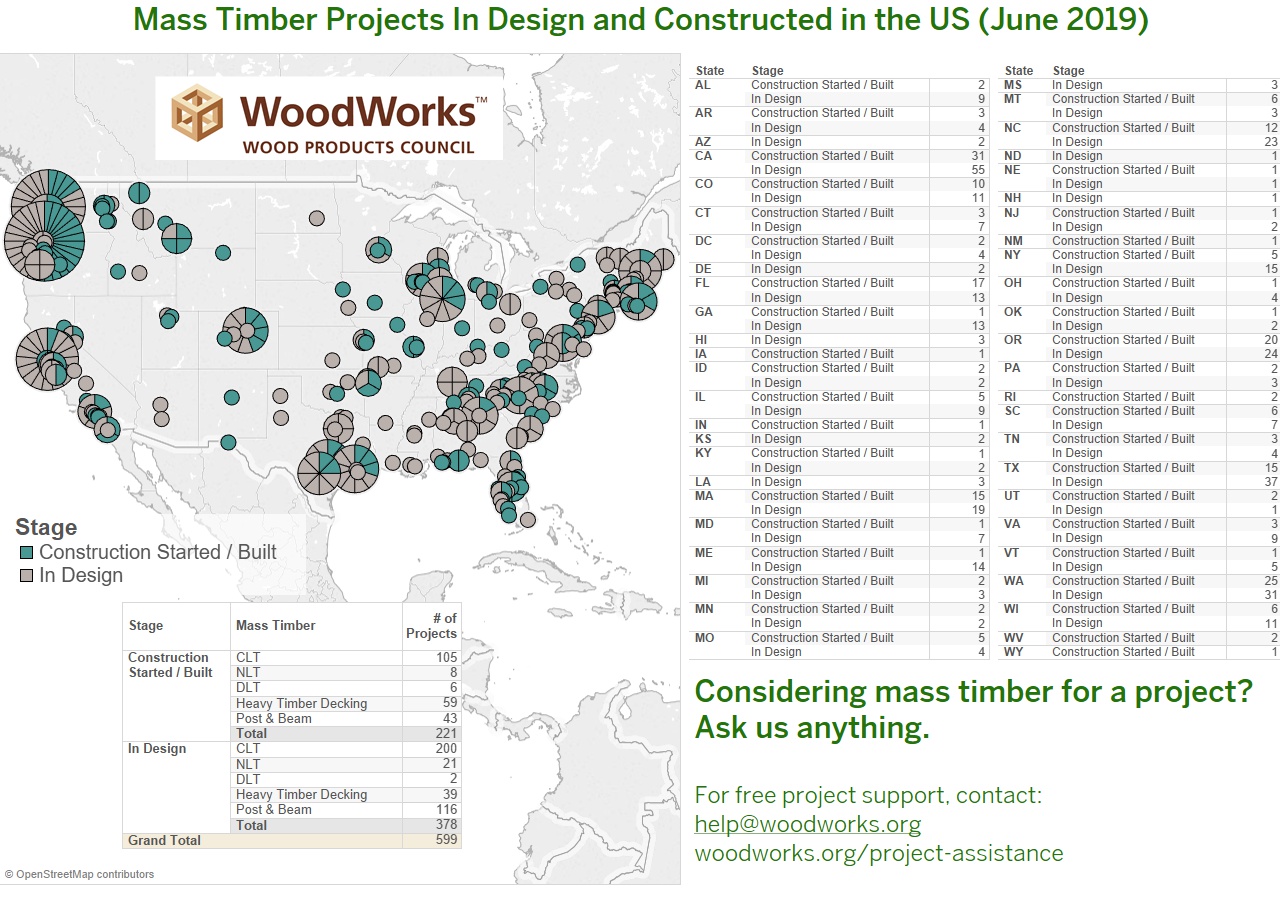

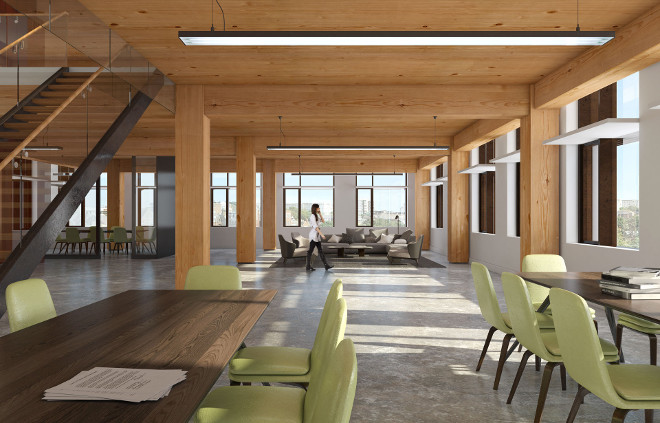
 OTTAWA, ON – Energy efficiency in our homes and buildings reduces greenhouse gas emissions, increases comfort and saves money. …The Honourable Catherine McKenna… on behalf of the Honourable Amarjeet Sohi, Canada’s Minister of Natural Resources, announced investments totalling more than $3.5 million for Carleton University for two energy-efficient building research projects. The first project, with an investment of $3 million, will research ways to improve insulation and combat heat loss in buildings. …The second project, with an investment of more than $510,000, will develop cutting-edge software to help building managers monitor energy use and find good opportunities to reduce consumption, thereby reducing emissions and saving them money.
OTTAWA, ON – Energy efficiency in our homes and buildings reduces greenhouse gas emissions, increases comfort and saves money. …The Honourable Catherine McKenna… on behalf of the Honourable Amarjeet Sohi, Canada’s Minister of Natural Resources, announced investments totalling more than $3.5 million for Carleton University for two energy-efficient building research projects. The first project, with an investment of $3 million, will research ways to improve insulation and combat heat loss in buildings. …The second project, with an investment of more than $510,000, will develop cutting-edge software to help building managers monitor energy use and find good opportunities to reduce consumption, thereby reducing emissions and saving them money.

 …here are 6 ways steel buildings structures are the most eco-friendly materials to use. …The pre-engineered nature of steel frames translates to shorter construction times and less construction waste than any other building materials. …Wood can leave as high as 20% waste in construction sites while steel-frames only leave about 2%. Besides, steel is one of the most recyclable building materials today. …steel is one of the most durable building materials in the world today. …A steel building is the most eco-friendlyalternative because they require the least amount of renovation. …Remember that steel is resistant to termites, destructive insects and is reasonably more fireproof than wood. …cities are passing greenhouse laws that construction companies must adhere to. The use of steel as an eco-friendly material is gaining in popularity. …Steel companies around the world have been working hard to produce more energy-efficient plants with zero emissions. …making steel construction a more eco-friendly alternative than wood construction.
…here are 6 ways steel buildings structures are the most eco-friendly materials to use. …The pre-engineered nature of steel frames translates to shorter construction times and less construction waste than any other building materials. …Wood can leave as high as 20% waste in construction sites while steel-frames only leave about 2%. Besides, steel is one of the most recyclable building materials today. …steel is one of the most durable building materials in the world today. …A steel building is the most eco-friendlyalternative because they require the least amount of renovation. …Remember that steel is resistant to termites, destructive insects and is reasonably more fireproof than wood. …cities are passing greenhouse laws that construction companies must adhere to. The use of steel as an eco-friendly material is gaining in popularity. …Steel companies around the world have been working hard to produce more energy-efficient plants with zero emissions. …making steel construction a more eco-friendly alternative than wood construction.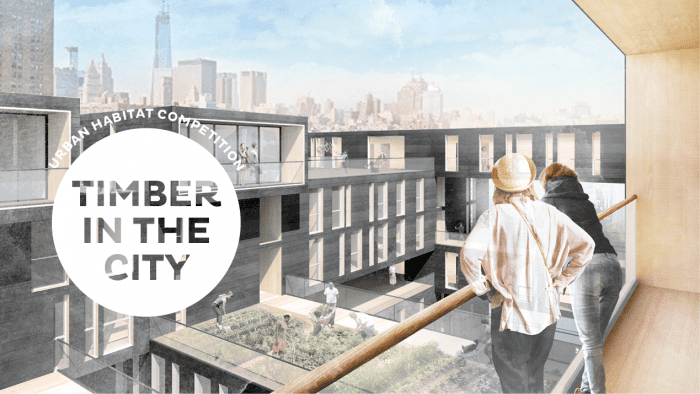





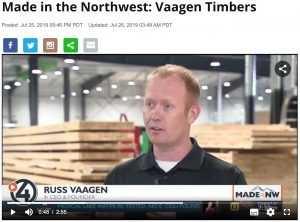
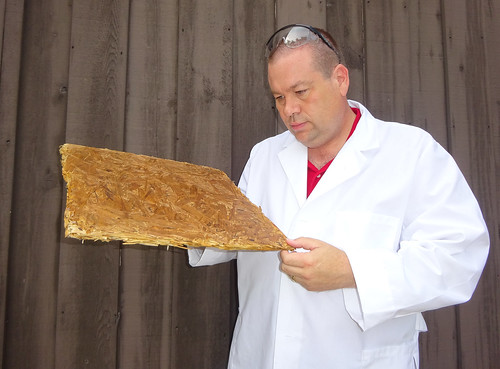
 Filtering the salt from seawater can take a lot of energy or specialised engineering. A thin membrane made of porous wood may be able to fix that. In membrane distillation, salty water is pumped through a film, usually made of some sort of polymer with very narrow pores that filter out the salt and allow only water molecules through. Jason Ren at Princeton University in New Jersey and his colleagues developed a new kind of membrane made of natural wood instead of plastic. …“This [new membrane] is more energy efficient and it doesn’t use fossil-fuel based materials like many other membranes for water filtration,” said Ren. The membrane is made of a thin piece of American basswood, which undergoes a chemical treatment … to make its surface slippery to water molecules. One side of the membrane is heated so that when water flows over that side it is vapourised.
Filtering the salt from seawater can take a lot of energy or specialised engineering. A thin membrane made of porous wood may be able to fix that. In membrane distillation, salty water is pumped through a film, usually made of some sort of polymer with very narrow pores that filter out the salt and allow only water molecules through. Jason Ren at Princeton University in New Jersey and his colleagues developed a new kind of membrane made of natural wood instead of plastic. …“This [new membrane] is more energy efficient and it doesn’t use fossil-fuel based materials like many other membranes for water filtration,” said Ren. The membrane is made of a thin piece of American basswood, which undergoes a chemical treatment … to make its surface slippery to water molecules. One side of the membrane is heated so that when water flows over that side it is vapourised.
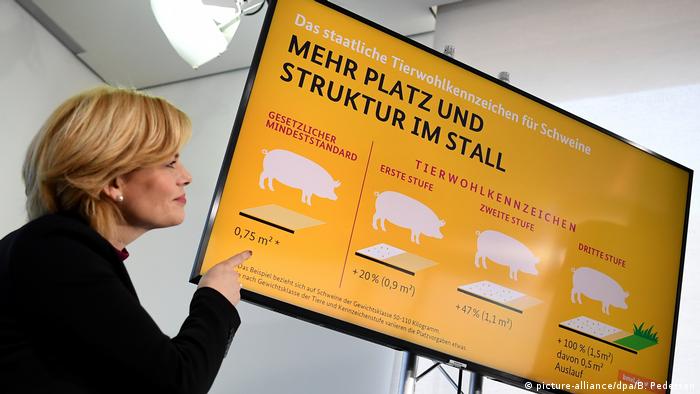
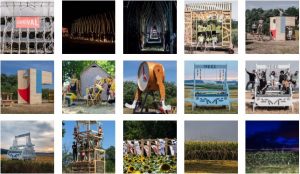 The
The 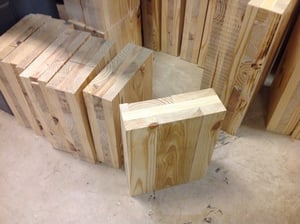
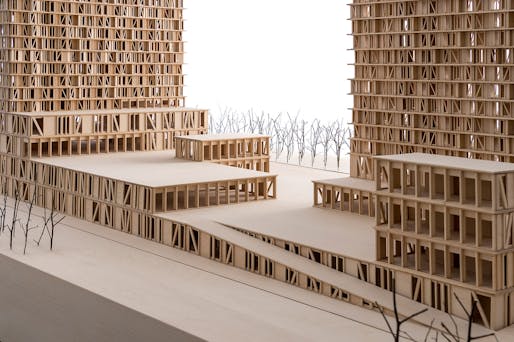 Spanish architect, writer, and assistant professor at Rice University Jesús Vassallo was selected as the recipient of the Shepley Bulfinch Award. Founded in 1952, Shepley Bulfinch is an international architecture firm that focuses on sustainable design practices. Vassallo has committed much of his work towards design production and housing revolving around realism in architecture. A licensed architect in Spain, Vassallo received his masters of architecture at Harvard GSD and his bachelors in architecture from Escuela Técnica Superior de Arquitectura de Madrid. His most recent project, titled “Tall Timber,” focuses on mass timber construction systems for housing developments. Vassallo’s research emphasizes the need for carbon reduction and awareness by focusing on mass timber construction as an alternative to steel or concrete systems.
Spanish architect, writer, and assistant professor at Rice University Jesús Vassallo was selected as the recipient of the Shepley Bulfinch Award. Founded in 1952, Shepley Bulfinch is an international architecture firm that focuses on sustainable design practices. Vassallo has committed much of his work towards design production and housing revolving around realism in architecture. A licensed architect in Spain, Vassallo received his masters of architecture at Harvard GSD and his bachelors in architecture from Escuela Técnica Superior de Arquitectura de Madrid. His most recent project, titled “Tall Timber,” focuses on mass timber construction systems for housing developments. Vassallo’s research emphasizes the need for carbon reduction and awareness by focusing on mass timber construction as an alternative to steel or concrete systems.  ETON, England – …this small house resembles any other regular abodes except for one key element – it is made almost entirely of cork. Built by architects in the British town of Eton, Cork House, which sits in a private garden, was part-assembled by hand and can be recycled at the end of its life. Cork is harvested from the bark of cork oak trees which grow around the Mediterranean. Using leftover material from a Portuguese manufacturer who harvests it from trees every nine years, the team built the house using blocks of prefabricated cork, engineered timber and steel foundations. …Tiny cork houses have been built before. For this project, granules of cork were compressed and heated to create building blocks. These were cut using 3D milling so the blocks interlocked, removing the need for glue or cement.
ETON, England – …this small house resembles any other regular abodes except for one key element – it is made almost entirely of cork. Built by architects in the British town of Eton, Cork House, which sits in a private garden, was part-assembled by hand and can be recycled at the end of its life. Cork is harvested from the bark of cork oak trees which grow around the Mediterranean. Using leftover material from a Portuguese manufacturer who harvests it from trees every nine years, the team built the house using blocks of prefabricated cork, engineered timber and steel foundations. …Tiny cork houses have been built before. For this project, granules of cork were compressed and heated to create building blocks. These were cut using 3D milling so the blocks interlocked, removing the need for glue or cement.